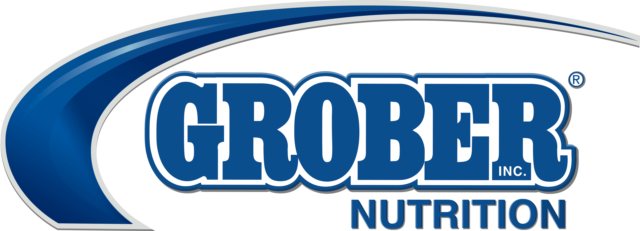Some highlights of results from the 2014-19 research program:
Calves fed high volumes of milk and raised in pairs or in groups experienced benefits for their health, welfare and behaviour (social adaptation).
Studies of calves paired or housed in groups showed that calves ate more starter and gained more weight compared to calves housed individually. Pair housing also improved starter intake (at 3 to 10 weeks old), improving daily weight gain by an average of 130 grams per day more compared to individually housed calves. From a behavioural perspective, the benefits observed of housing calves with a partner included better socialization and learning and reduced distress response at weaning. For instance, calves in paired housing adapted sooner to new feed, were calmer when moved to new environments and did better when subjected to cognitive tasks.
Heifers benefited from having a social role model for adaptation to situations like a new housing environment.
Studies found that heifers reared in open pens showed reduced lying and feeding times when first introduced to freestall housing. But when a role model like an experienced cow was with heifers, the heifers adapted to stall use more quickly. The team concluded that grouping heifers with experienced older animals positively affected their behaviour and adaptation to pasture and new housing systems.
The transition period is a critical time for cows and several studies were completed to help improve transition cows’ health and care.
- A study concluded that an unpredictable and competitive social environment before calving causes changes in feeding and social behaviour, leading to changes in health status and increases the risk of uterine disease in multiparous cows after calving.
- Reducing lameness during the dry period and avoiding overconditioning at dry-off likely promotes improved transition health. The researchers found that lameness at dry-off was associated with metritis and transitional diseases but not with subclinical ketosis. An association between lameness and transitional diseases is partially mediated through reduced feeding time.
- A high incidence of lameness during dairy cows’ dry period was observed; hoof trimming before the dry period reduced the risk of lameness for primiparous cows but not for multiparous cows.
- Low body condition at dry-off and non-infectious hoof lesions in the weeks before dry-off were associated with chronic lameness during the dry period.
- Changes in feeding, social and lying behaviors can help identify cows at risk of metritis. Cows ate less, were replaced at the feedbunk more often and spent less time lying down compared to healthy cows during a two-week period before calving and at three days before a clinical diagnosis of metritis.
More results available at Dairy Research Blog.
In 2019, a new five-year NSERC-IRC program (2019-24) was launched by co-chairs Weary and von Keyserlingk. Over the five years, these two scientists will combine practical studies on commercial farms with a series of experimental studies conducted at the UBC Dairy Education and Research Centre. The objectives for the new program are focused on calf and heifer rearing, cow health and lameness, housing facilities and management, and painful procedures.
Current investment partners include Natural Sciences and Engineering Research Council (NSERC), Dairy Farmers of Canada, Alberta Milk, BC Dairy Association, Boehringer Ingelheim (Canada) Ltd., BC Cattle Industry Development Council, Dairy Farmers of Manitoba, Intervet Canada Corp., Lactanet, Saputo Inc., SaskMilk and Semex Alliance. ![]()
References omitted but are available upon request. Click here to email an editor.
Canadian Dairy Research: For a profitable, innovative and sustainable sector
Dairy Farmers of Canada (DFC) invests in research to stimulate productivity, sustainability and profitability on farms and to improve knowledge on milk and dairy products’ health benefits. DFC finances research initiatives that benefit all dairy farmers across Canada and works in collaboration with its members and other sectorial partners to address farmers’ priorities set in the dairy research and knowledge translation, and transfer national strategies. Visit Dairy Research for more information.







